Homalomena
The evergreen herbaceous perennial Homalomena is a member of the Araceae family. In indoor culture, only a part of the homolomen species is grown as an ornamental leafy plant. This perennial comes from Asia and South America, and it prefers to grow in tropical latitudes.
The plant has a powerful root system, which grows very quickly. A large basal rosette is formed by long-petiolate heart-shaped leaf plates. On the surface of the entire leaves leathery to the touch, there are clearly distinguishable veins.
During flowering, an inflorescence appears, which is a dense ear. It is sometimes used in alternative medicine as a medicinal raw material. When growing homalomen, it should be borne in mind that poisonous substances are included in its vegetative organs.
This culture belongs to fast-growing plants. When grown indoors, flowering can be seen infrequently, while the inflorescence is recommended to be cut off immediately after it appears.
Brief description of cultivation
Table of Contents
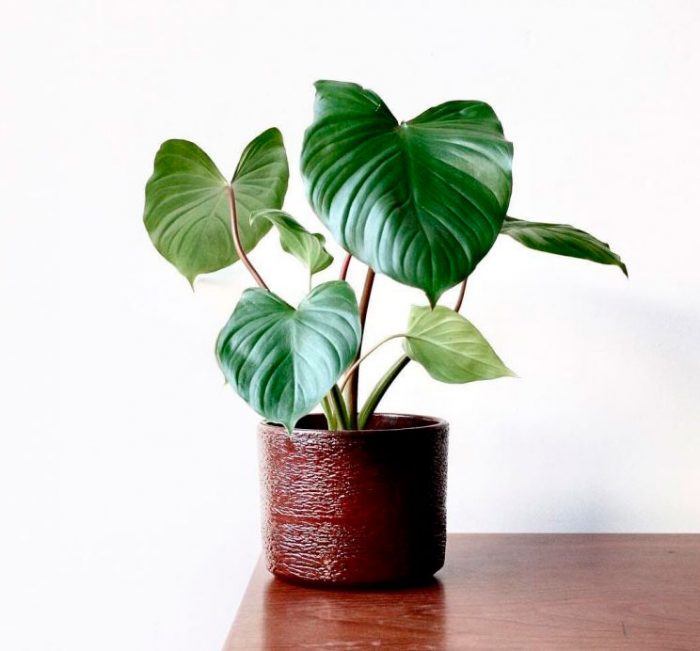
- Temperature . Feels best in a moderately warm room. The bush must be protected from drafts and hypothermia.
- Air humidity . Should be elevated.
- Illumination . Needs bright lighting, which should be slightly diffused.
- Watering . The potting medium should be constantly slightly damp.
- Substrate . A nutritious, light, and well-drained potting soil works best.
- Top dressing . For top dressing, organic matter is used, which is introduced into the substrate with a frequency of 1 time in 6-9 weeks.
- Transplant . It is carried out in the springtime once a year or only when necessary.
- Reproduction . Daughter processes or dividing the bush. It reproduces quite easily.
- Poisonousness . When working with a plant, you must remember about precautions, otherwise, there is a chance of getting burned.
Home care for homalomena
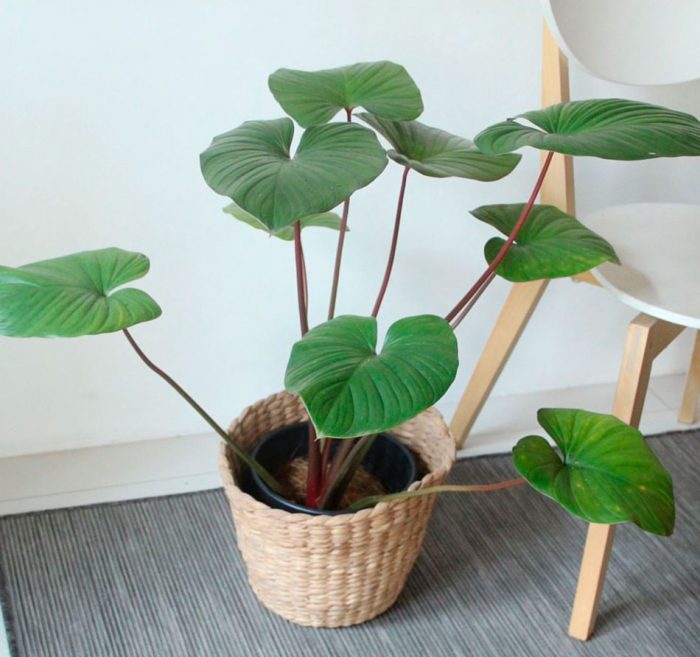
Temperature
Homalomena reacts extremely negatively to drafts, low air temperatures, and ventilation during the cold season. In the spring and summer period, it is recommended to keep the perennial in a moderately warm place: 22-26 degrees. Remember that even during the winter months, the air temperature in the room should not drop below 15 degrees.
Air humidity
In order for the development and growth of such a plant to be within normal limits, and in order for it to have a spectacular appearance, it needs to provide increased air humidity. To do this, it is recommended to often moisten the bush from a sprayer, and you can also put any moistened material (expanded clay, pebbles) in a deep pallet, and put a pot on top. You can also use a household humidifier. Moistening the bush is carried out at least 1 time in two or three days. In winter and when kept cool, the perennial is not moistened from a spray bottle.
Illumination
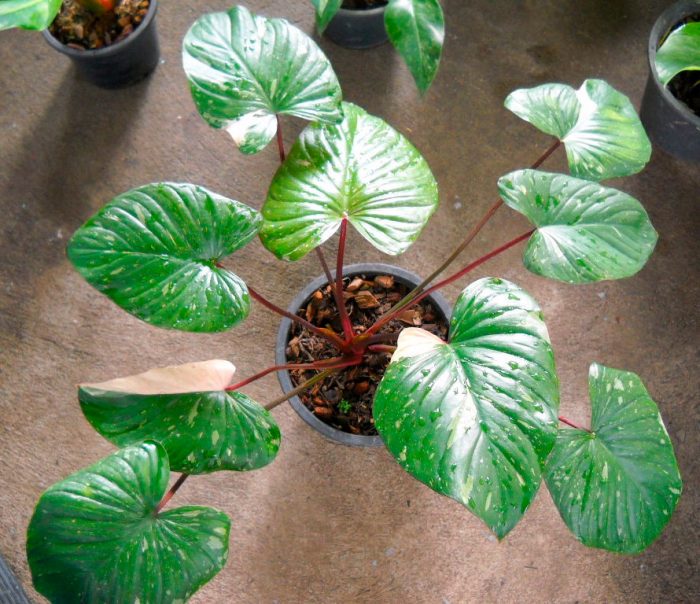
Homalomena needs a lot of light throughout the year. However, prolonged exposure to direct sunlight on the bush should be avoided. Doing so can cause burns or discoloration of foliage. If the plant is in a too dark place, then its foliage becomes shallow and faded, and the growth of the bush stops.
Watering
Particular attention should be paid to watering. Make sure that the potting medium does not dry out. It should always be slightly damp. Moisten the soil mixture immediately after its top layer dries out.
In spring and summer, watering is carried out 2-3 times a week. At the same time, in the cold season, the frequency of watering the substrate is reduced to once every 7 days.
Pot selection
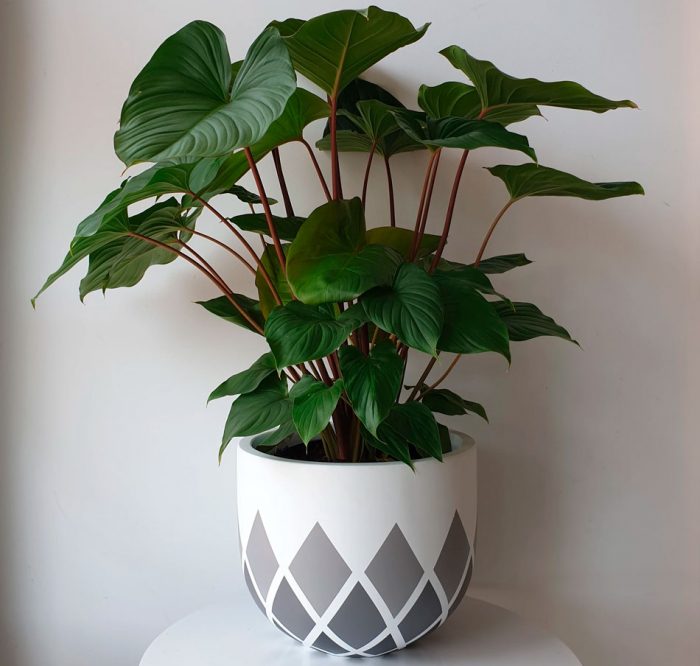
The size of the pot for homolomen directly depends on the size of the plant. Use a pot slightly larger than the old one for each transplant. If the container is very spacious, this will lead to the formation of many daughter outlets, which negatively affects the appearance of the plant. The container can be made of plastic or ceramic, at its bottom there should be holes for drainage.
Substrate
The soil mixture should be chosen slightly acidic or neutral, it should also be loose and contain a large amount of humus. A ready-made substrate for aroids is perfect.
To prepare a soil mixture with your own hands, combine peat, coarse sand, leafy and coniferous soil, which are taken in equal shares. At the bottom of the container, do not forget to make a quality drainage layer of any suitable material.
Fertilizer
Homalomen should be fed once every two to three months. To do this, use a mineral complex for aroid or decorative leafy plants. You can use liquid organics instead. Top dressing is carried out in conjunction with watering, while fertilizer in liquid form is applied to the substrate.
Homalomena transplant
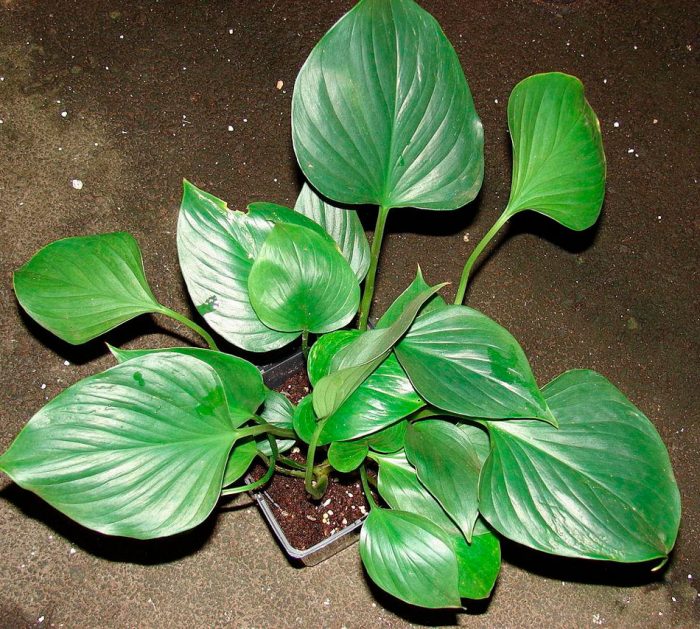
Such a flower is distinguished by the rather rapid growth of the root system. In this regard, its transplant should be carried out immediately after the roots become cramped in the container. While a young bush is transplanted every year, then the frequency of these procedures is reduced to 1 time in 2 or 3 years.
Pruning
Indoor homalomena needs only sanitary pruning. For this, it is necessary to cut off the injured, dried, and diseased leaf plates in a timely manner. Cut the foliage with a very sharp pruner or knife. Slices should be sprinkled with activated or charcoal crushed to a powdery state.
Dormant period
When grown indoors, the plant does not have a distinct dormant period. Moreover, if it is supplemented in the cold season, then it will develop and grow, as in summer.
With a short daylight hour, a slowdown in the growth of the bush is observed. At this time, it is recommended to rearrange it in a cool place, away from working heating appliances. It is also required to reduce the frequency of watering. Remember that the room should not be colder than 15 degrees.
Bloom
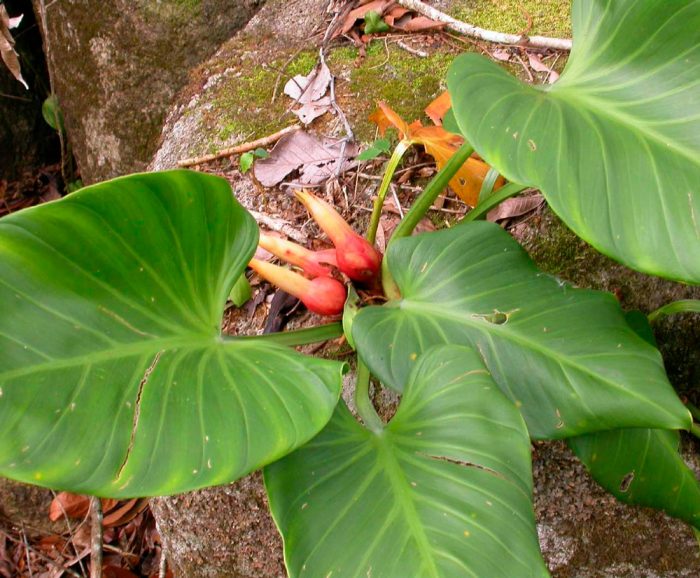
During flowering in nature, many very small greenish flowers form in homalomena, which are part of a rather dense inflorescence. Perianths are completely absent from flowers. The inflorescence has a cob-like shape. In indoor conditions, the plant practically does not bloom.
Reproduction methods
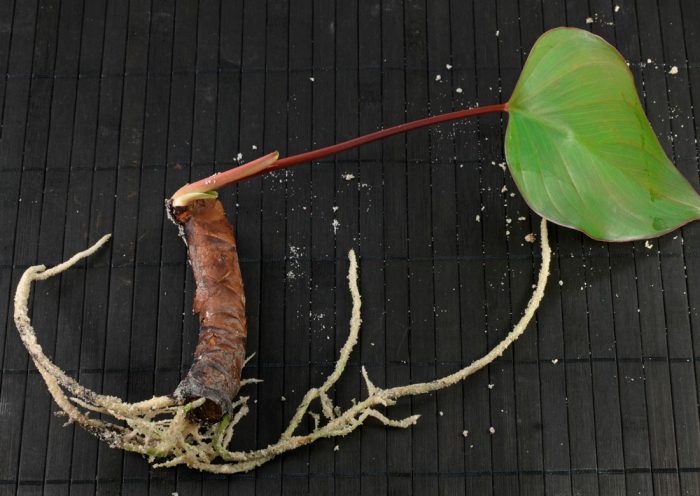
Dividing the bush
Homemade homalomen can be propagated by dividing the bush, and this procedure is combined with a transplant. Remove the rhizome from the substrate and divide it into several parts, while each division should have root shoots. Also pay attention to the fact that the cuttings should not be very small, otherwise they will hurt for a long time and may even die.
Powder the cuts with charcoal powder. Plant the cuttings in separate pots with a damp substrate. For some time they are kept in a light partial shade warm.
Reproduction by daughter processes
During active growth, new leaf rosettes with their own roots appear next to the parent bush. Carefully separate the outlet and transplant it into a separate pot. This is a less traumatic breeding method homalomen. At the same time, the offshoot quickly takes root when optimal conditions are created.
Possible problems
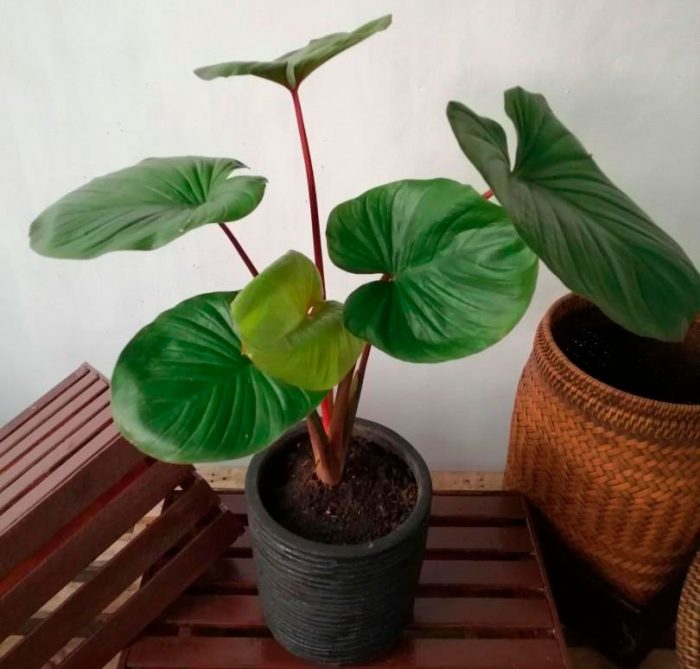
If the homalomen is not properly cared for, it can lead to problems such as:
- Yellowing of foliage and the appearance of spots. Excessively intense lighting.
- Drying and flying around of the lower leaf plates . If the foliage is old, then this process is completely natural and is not associated with a disease.
- Slow bush growth. The plant is in dire need of nutrients. Transplant it, while replacing the substrate with a fresh one.
- The tips of the leaf plates turn brown or dry out . Associated with low air humidity.
- Strong stretching of the shoots, the foliage becomes faded, and the petioles become thinner. Poor lighting.
- Pests . Most often, the scale insect, mealybug, and red spider mite settle.
Homalomena species
In natural conditions, there are approximately 120 species of homalomen. In domestic culture, only 2 species are most often found, which will be described below.
Homalomena wallisii
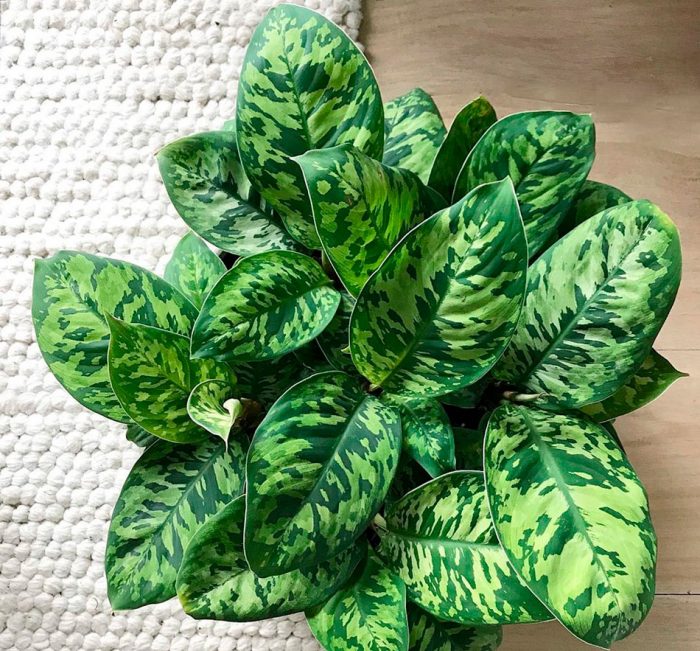
The length of large cirrus leaf plates is about 20-25 centimeters, while their pale red petioles are relatively short (from 10 to 12 centimeters). The foliage forms a compact shrub with an original shape. The upper side of the leaves is greenish and decorated with dark green spots of various shapes, and the lower side is reddish.
Homalomena rubescens
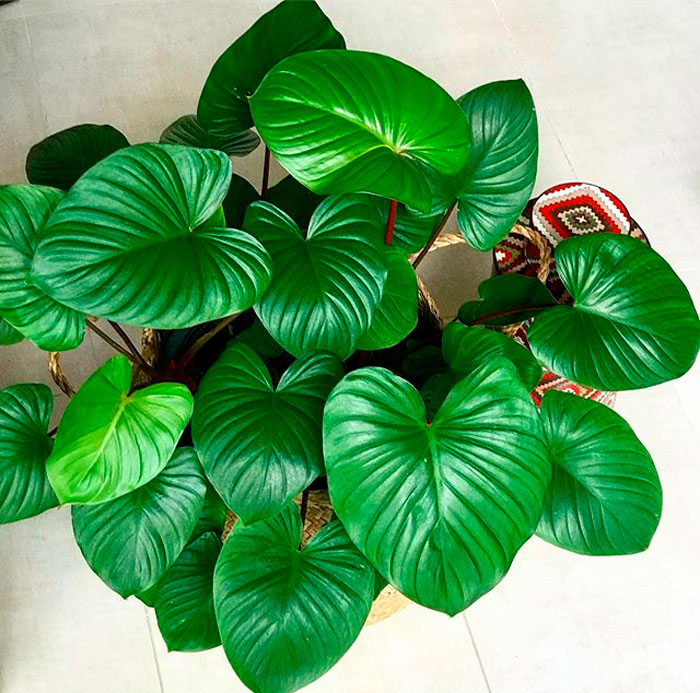
The plant can be about 100 cm tall. Large, heart-shaped leaves have a solid greenish color. They are included in large outlets. The petioles are pale red. The species grows normally in little shade.


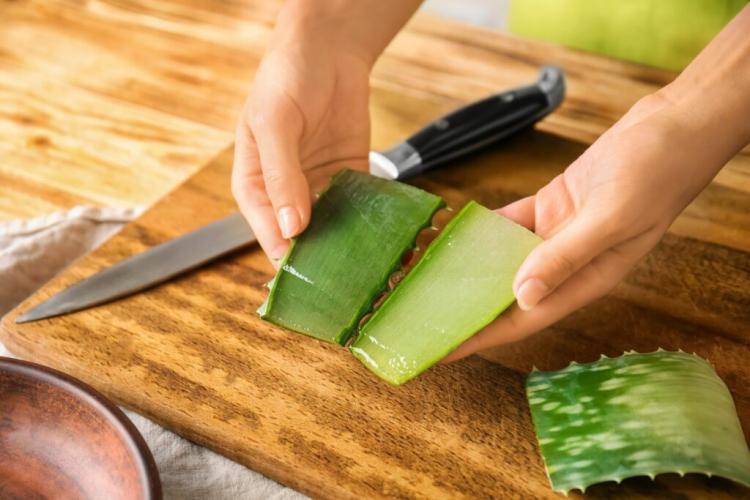
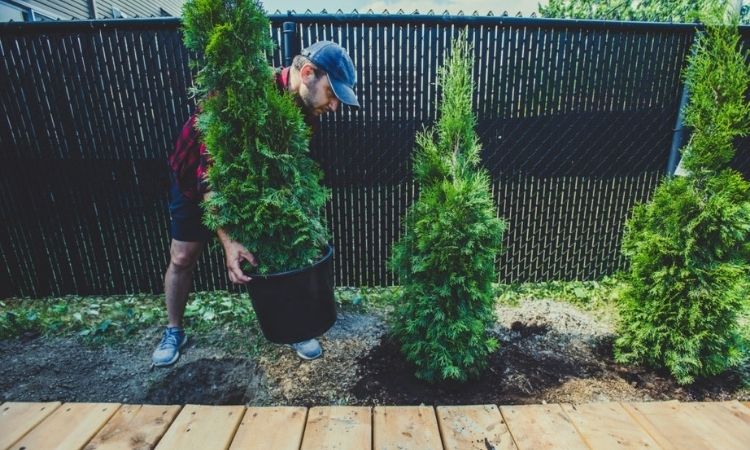
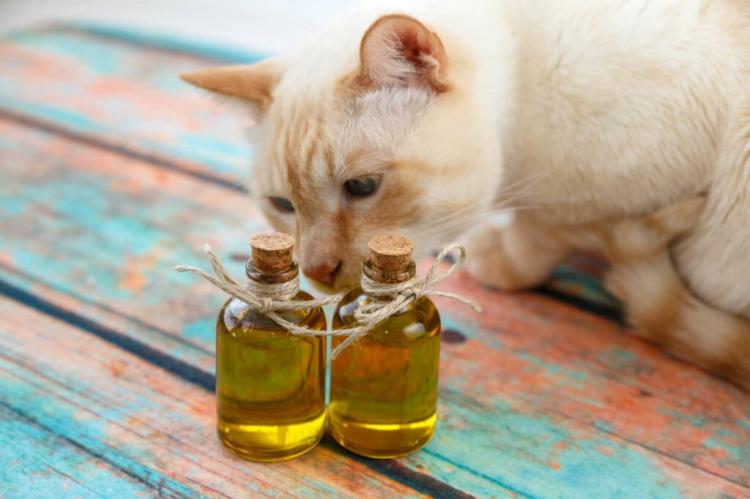
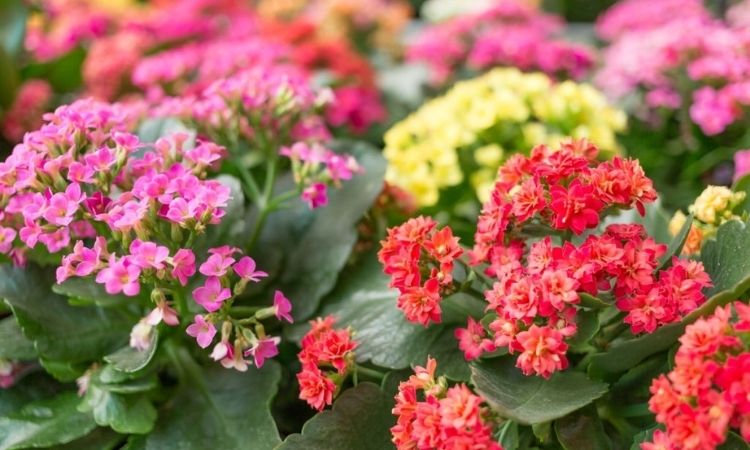
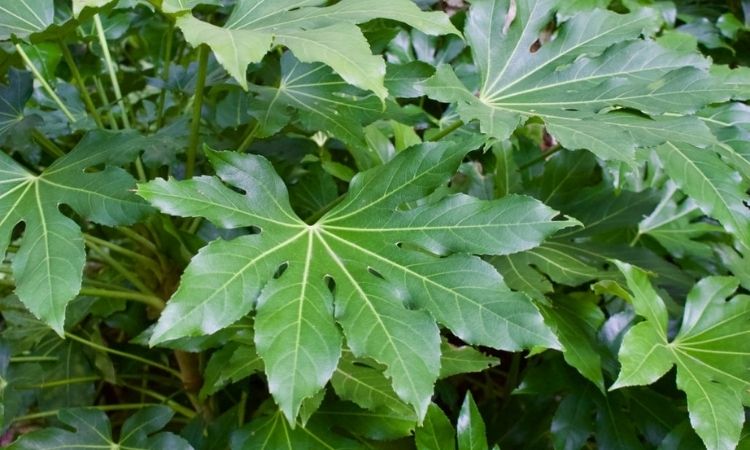
Homalomena as an indoor flower is not common, so novice florists should familiarize themselves with the recommendations for caring for this plant.
Holly, we hope our article will help aspiring florists